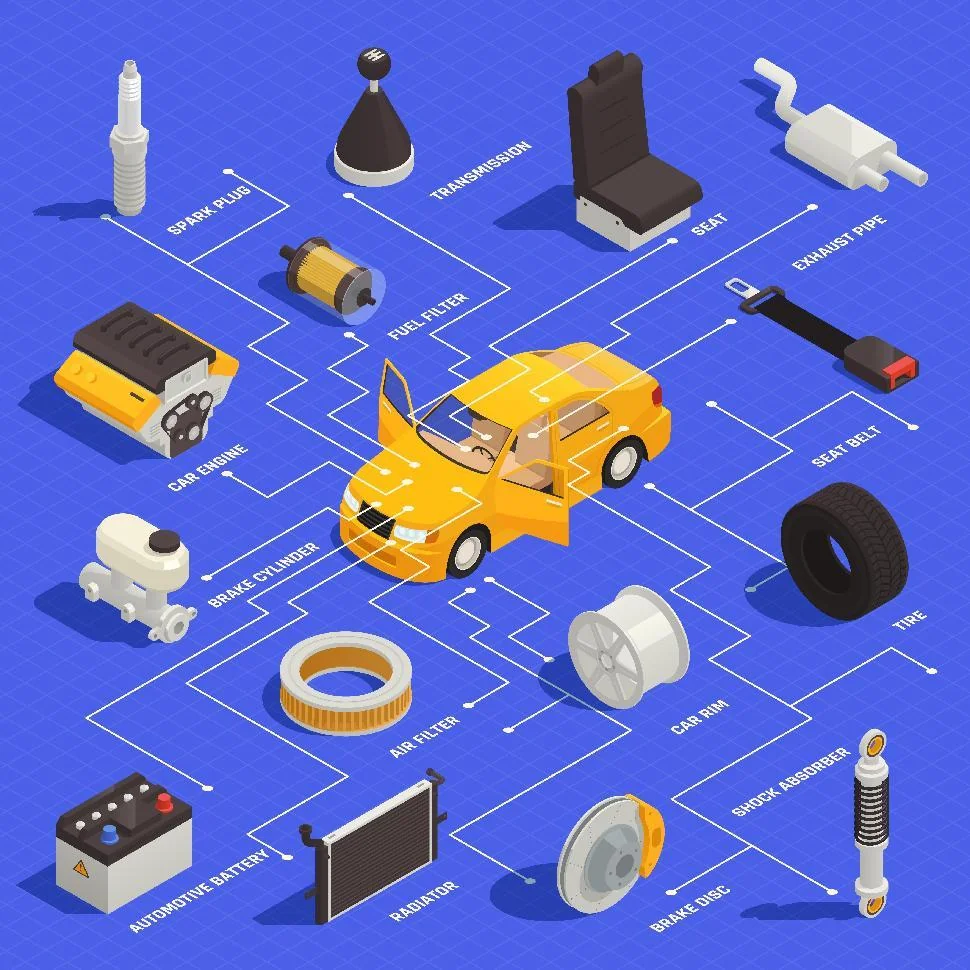One of the most significant challenges faced by every project that requires plastic molding procedures is the way to create a plastic prototype to test and evaluate their product. Even with the great overflow of companies offering rapid prototyping services these days, the process can become a daunting task full of doubts and second guesses for entrepreneurs. The problem itself does not rest in the ability of these companies to provide the service they advertise, but in the lack of knowledge of many about this type of technology. Long gone are the days where handcrafted tooling was required to create a prototype. No one needs to spend two-thirds of their budget project to have a decent prototype.
Table of Contents
ToggleRapid prototyping changed this game for the better. Let’s take a moment to learn how:
Introducing Injection Molding
Rapid prototyping was not a technology that came up by itself to disrupt the manufacturing market. It was a slow process integrating computer software and casting molding. The latter is one of the most expensive procedures next to creating a prototype since casting a mold demands tooling that is often very expensive. While these costs remain high, almost everything surrounding this particular procedure is handled by machines these days.
Designing the prototype, printing it out, correcting it, and revising it, most of it is handled using programs and materials that cost just one-third of what manual handcrafting used to cost. The finished products are also delivered using the latest polymers instead of metals, using injection molding procedures that waste little raw material and provide almost the same quality as high-end metals.
Increasing Manufacturing Options
Rapid prototyping services are not short on options to deliver finished products. Since most manufacturers are bent on providing a full range of services to their customers, they can offer specific technologies that can be easily managed by all types of budgets out there. Some of the most popular options provided by these developers are Stereolithography where UV lasers make polymers stable using concreted heating.
There is also fused deposited modeling where plastic filaments are extruded using a heated nozzle on a support plating. It all comes down to the specific requirements of the assignment or the size of your budget to bring the product to life. Most of these companies also offer advice about the approach of each specific project to make them profitable for the client, but in the end is their requirements that prevail.
Final Considerations
As you embrace rapid prototyping services, please remember that the cost efficiency of this procedure could be very inviting to cut down costs on almost anything, but the process itself is not exactly suitable for every idea you have. Many developers will sell you the impression that mechanized parts can be done using plastic injection molding. This is true to some extent, but it’s not ideal for every single case. You need to make sure to review the project with your engineering team to make sure it’s safe and sound. Finally, try to remember to get the three quality “F’s” out of any project you embark on using plastic molding procedures: top form, fitness, and finish on your products.







